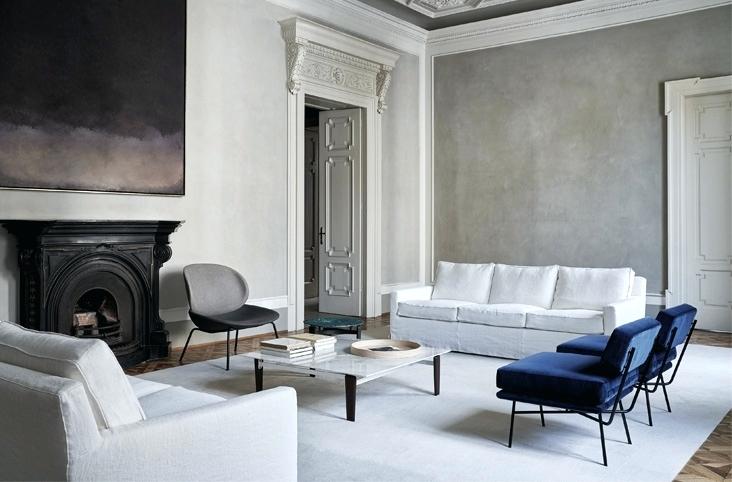After a decade of digital disruption and increasing velocity of change, we’re marking 2019 as the year we seek simplicity. We are cutting spending, stress levels, forgetting formality and using what we have at home. In a world of screen saturation, non-stop expectations, always being rushed for time, and always-on technologies, the year ahead will see us not so much turn technology off, but turn to simple solutions to make our life function more efficiently.
When you let go of what you don’t really need – discover how it frees up oceans of energy to make a difference with what you have…
To seek ways to reduce chaos and re-balance life; being organised helps, so does forward planning a little. Sure planning takes time, but it actually saves time when it comes to deciding what’s important.
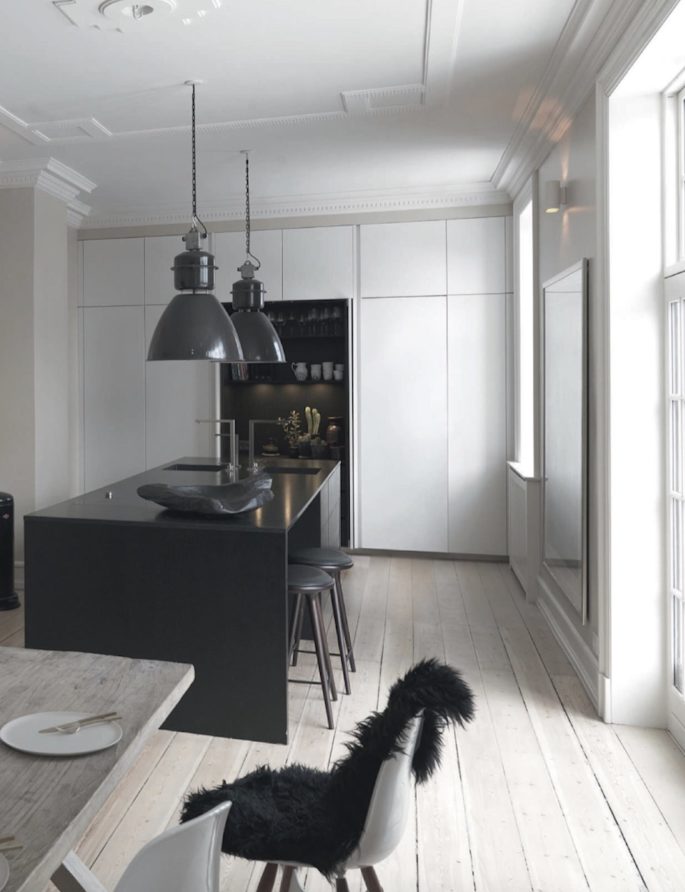
We are seeking to simplify, and not go all out with décor like we used to.Image via Elle Decoration UK.
In a world of rampant materialism and manifold opportunities, many of us these days are apparently learning who we are by choosing what we can do without. As we get older, we are seeking to simplify, and not go all out with décor – and hosting – like we used to.
Are there simpler ways that will make us look like we care without all the work?
There’s clearly some process of discovery here. Early in life you choose your identity by getting things. But later in an affluent life you discover or update your identity by throwing away what is no longer useful, true and beautiful.
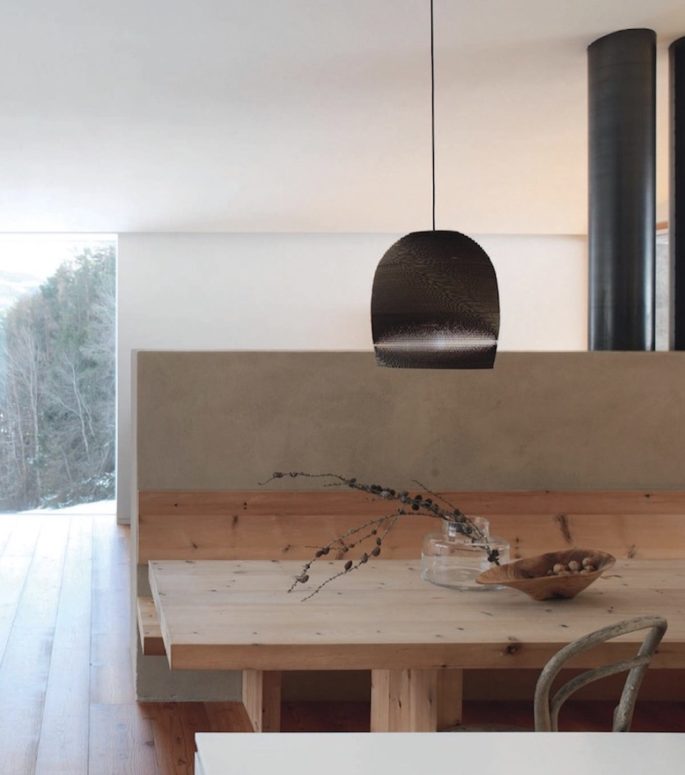
The thought behind a neutral base colour palette of subdued hues is it inspires a sense of calm that equals better productivity. Image courtesy UK Elle Decoration.
It’s an exercise in identity discovery, an exercise in realizing and then prioritizing your current tastes and beliefs. We may instinctively be seeking higher forms of pruning: being impeccable with our possessions, parsimonious but strong about our commitments, disciplined about our time, selective about our friendships, moving generally from fragmentation toward unity of purpose. There’s an enviable emotional tranquillity at the end of that road.
2019 will continue to see a rise in simplifying as we seek ways to reduce chaos and re-balance life. Being organised, and forward planning a little. Sure planning takes time, but it actually saves time when it comes to deciding what’s important.
Here are some simple steps that we use to help create a stress-free home environment:
BE ORGANISED
Don’t let things creep up on you. Try not to leave everything to a last-minute rush. Write lists of what you need to do, to save you from going in blind before shopping, decorating, entertaining or travelling – which can lead to buying more than you need. Make use of all your home’s nooks and crannies to create ample storage space – to build a calm interior aesthetic that won’t be affected by clutter.
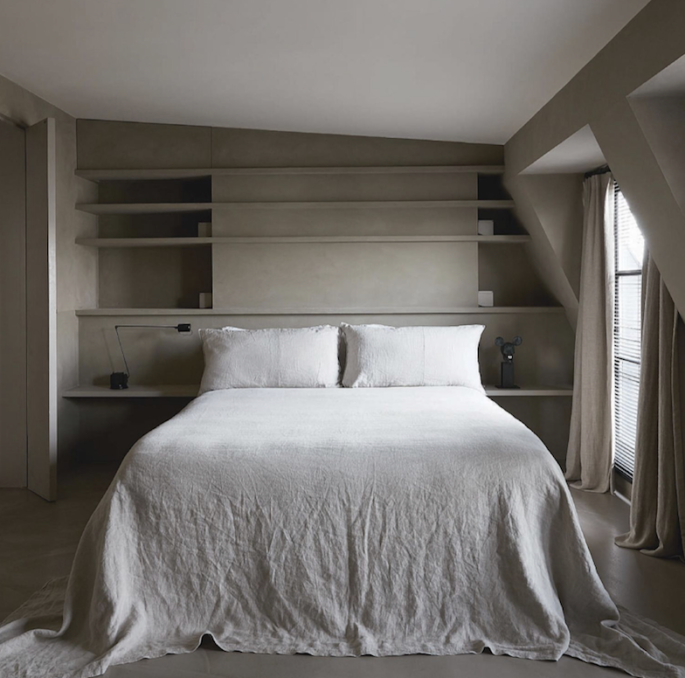
Don’t underestimate the power of simplicity. Pull back; pare down.Image courtesy of UK Elle Decoration.
GO ON A FINANCIAL CLEANSE
The best way to curb unwanted buys is to pause before buying something and imagine the (huge amount of) time and effort it will take to own this item over its lifetime: Where will you put it? What will you get rid of to make room for it? How much effort will it take to store, clean, and maintain this item? How long will it last? And later, when you’re no longer using it, how much effort will it take to sell it/chuck it? Just considering this, might make you reconsider buying another tempting glass vase or household object.
QUIETEN DOWN THE COLOURS
And clutter. Go for muted backgrounds shades in floors and walls. Don’t underestimate the power of simplicity. Pull back. Pare down. The thought behind a neutral base colour of subdued hues (grieges and every ecru tone in-between) is a happier, more grounded and balanced home environment that equals a better home. Why? It’s clean, fresh-looking and inspires a sense of calm that equals better productivity.
USE WHAT YOU HAVE
Distill things down to the necessary and the real to gain, more resonance in our Internet-driven, A.D.D. culture which has grown ever more complex and frenetic. It’s amazing how much we can acquire in a short space of time. Look in cupboards and reinvent things in new ways – move chairs, tables, artworks or objects into different rooms, and watch them transform a space. Don’t buy anything new, because you are usually replacing one item with another version.
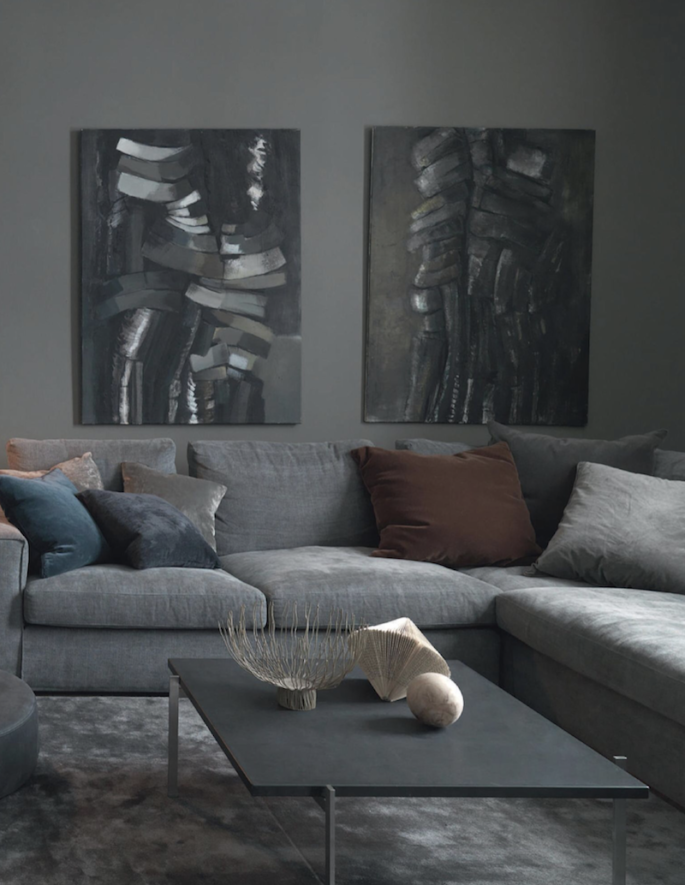
Distill things down to the necessary and the real to gain, more resonance in your interior. Image via UK Elle Decoration.

